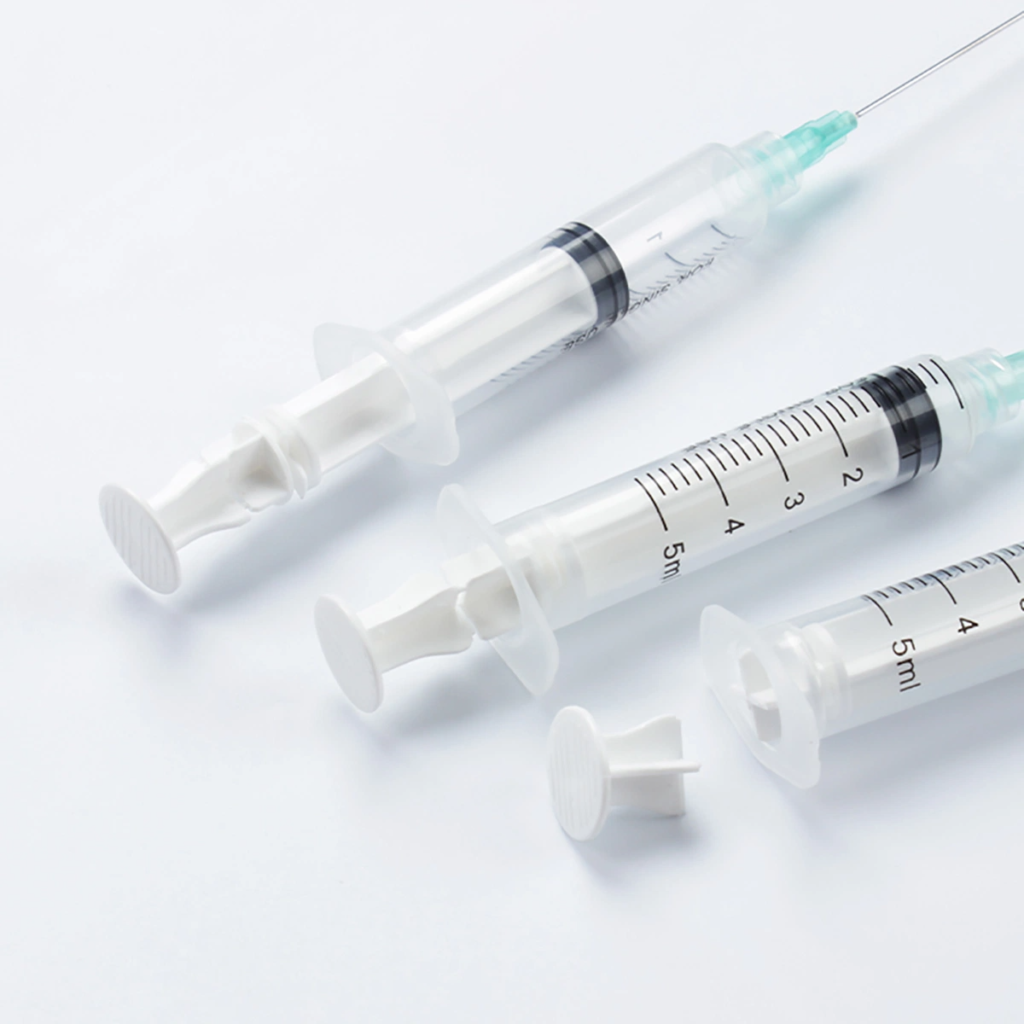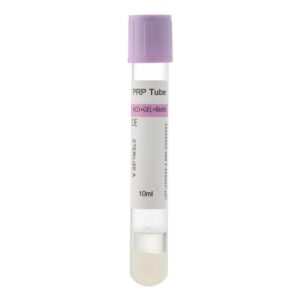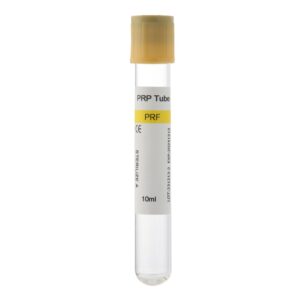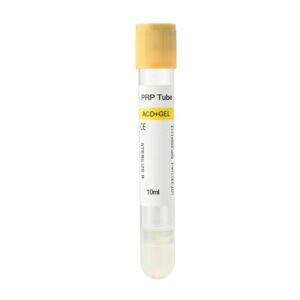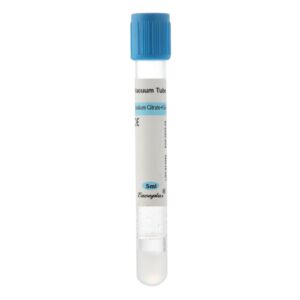A safety syringe is a specially designed syringe to prevent needlestick injuries and reduce the risk of infection. With increasing emphasis on medical safety, safety syringes have become an essential choice for healthcare institutions. When dealing with infectious diseases, safety syringes play a crucial role in minimizing health risks for healthcare professionals and patients. Safety syringes have a more complex design than traditional syringes, but their significant safety advantages make them a core device in today’s medical field.
How Do Safety Syringes Work?
The unique design features of safety syringes set them apart from traditional syringes. After use, the needle automatically retracts or becomes covered by a protective device, greatly reducing the risk of needlestick injuries during syringe disposal. Common types of safety syringes include the following:
- Auto-Retractable Syringes: After injecting medication, the needle automatically retracts into the syringe barrel, effectively preventing needlestick injuries. An internal spring or other mechanical device typically achieves the retraction mechanism, allowing the needle to quickly retract upon injection completion, preventing exposure.
- Sheath-Covered Syringes: After the injection, a sheath automatically slides over the needle to avoid exposure, reducing the risk of contact with infectious pathogens. The locking mechanism in these syringes often keeps the needle covered, preventing re-exposure and reducing the chance of accidental mishandling.
- Removable Needle Safety Syringes: After use, healthcare providers can safely lock the needle of these syringes in place, preventing reuse and reducing the risk of infection. The needle typically features a unique design that, after use, is secured or broken off through a twisting or pushing mechanism, ensuring it cannot be used again.
Why Use a Safety Syringe?
- Reducing Needlestick Injury Risk
Improperly handling syringes after use poses a significant occupational hazard for healthcare professionals, particularly due to the risk of needlestick injuries. Such injuries not only cause physical harm but can also lead to bloodborne infections, such as hepatitis B, hepatitis C, and HIV. Designers created safety syringes to reduce or eliminate needle exposure immediately after use, significantly lowering the risk of needlestick injuries and effectively protecting healthcare workers. - Preventing Cross-Contamination
Traditional syringes, if reused, may lead to the spread of infectious diseases. Manufacturers generally design safety syringes for single use and incorporate self-locking or automatic retraction features, which further minimize the risk of cross-contamination and safeguard both patients and healthcare professionals. Moreover, safe syringes can reduce infection risks due to non-professional misuse, which is particularly important in resource-limited regions. - Compliance with Regulatory Requirements
With increasingly stringent safety regulations for medical devices globally, many regions have mandated using safety syringes to minimize the risk of occupational exposure for healthcare workers. For instance, the Occupational Safety and Health Administration (OSHA) in the United States and various European bodies have issued regulations mandating the use of safety syringes. Compliance with these regulations has made safety syringes a vital part of safety management in healthcare facilities. Medical device manufacturers also increasingly incorporate safety features into product development to meet regulatory requirements across global markets.
Applications of Safety Syringe
Safety syringes are widely used in various medical settings, including:
- Hospitals and Clinics: For routine injections, vaccinations, and blood collection. Safety syringes significantly reduce the risk of occupational exposure in these settings, particularly in departments where frequent injections are administered, such as emergency departments and vaccination centers.
- Laboratories and Research Institutions: Researchers take precautions to avoid exposure to infectious materials. In laboratory environments, researchers often need to use syringes for experimental procedures, and the use of safety syringes effectively reduces the risk of accidental needlesticks, ensuring the safety of laboratory personnel.
- Home Care: Safety syringes can reduce the risk of accidental needlestick injuries for patients requiring self-injections, especially for the elderly and children. Self-injection often carries a risk of improper handling, and the automatic safety mechanism of safety syringes helps to prevent accidental injury to oneself or others.
Trends in Safety Syringe Development
Advancements in medical technology and increasing awareness of safety have continuously optimized the variety and functionality of safety syringes. Manufacturers now design modern safety syringes to emphasize ease of use and patient comfort. For instance, some newer safety syringes incorporate ergonomic designs to reduce the operational burden on healthcare workers, enhancing comfort and stability during use. Additionally, using environmentally friendly materials has made the production of safety syringes more aligned with sustainable development goals. More manufacturers are using biodegradable or recyclable materials to minimize the environmental impact of medical waste.
In terms of technological development, the concept of intelligent syringes has gradually entered the market. These syringes have electronic sensors to monitor the injection process and transmit data to healthcare information systems for patient management and treatment tracking. Such smart designs not only improve the safety of the injection process but also provide more possibilities for personalized healthcare and data analysis.
Conclusion
Safety syringes play a crucial role in modern healthcare, designed to protect healthcare professionals and patients by reducing the risks of needlestick injuries and cross-contamination. With stricter regulations and increased awareness of medical safety, the use of safety syringes is expected to become more widespread, serving as a crucial tool for protecting public health. The development of safe syringes enhances the safety of injection procedures and paves the way for future medical device innovation. Through continuous improvements in design and materials, safety syringes will continue to play an essential role in medical safety and sustainable development.

